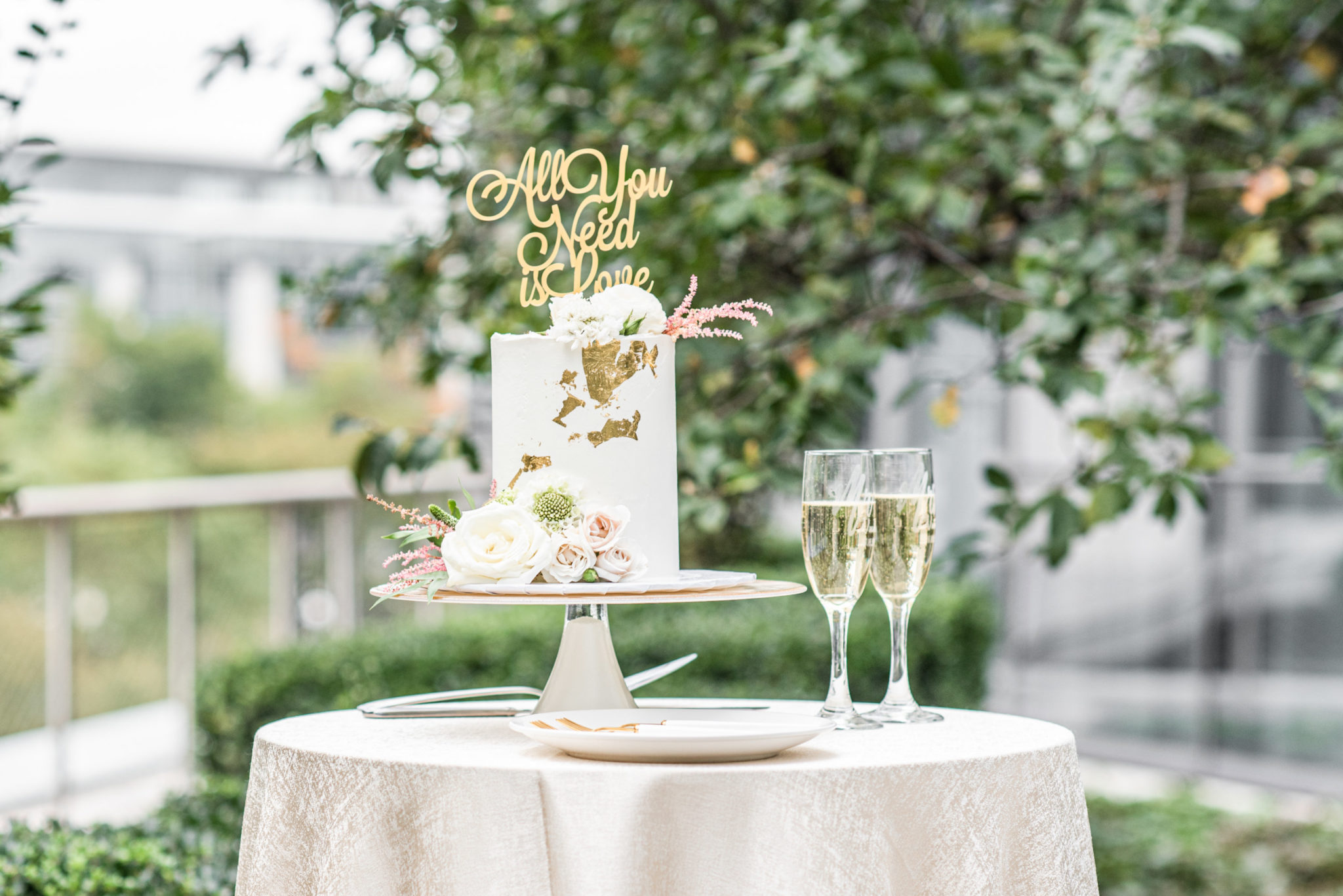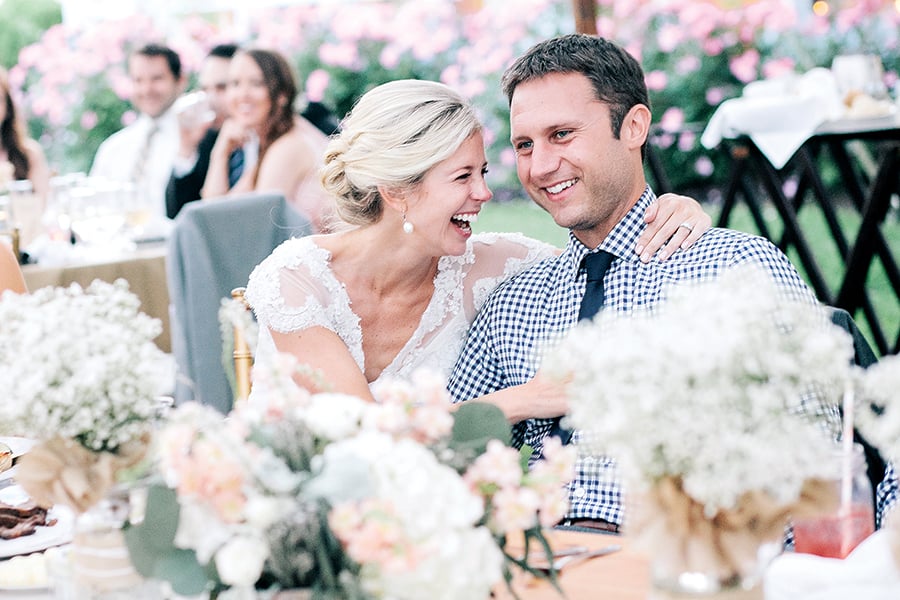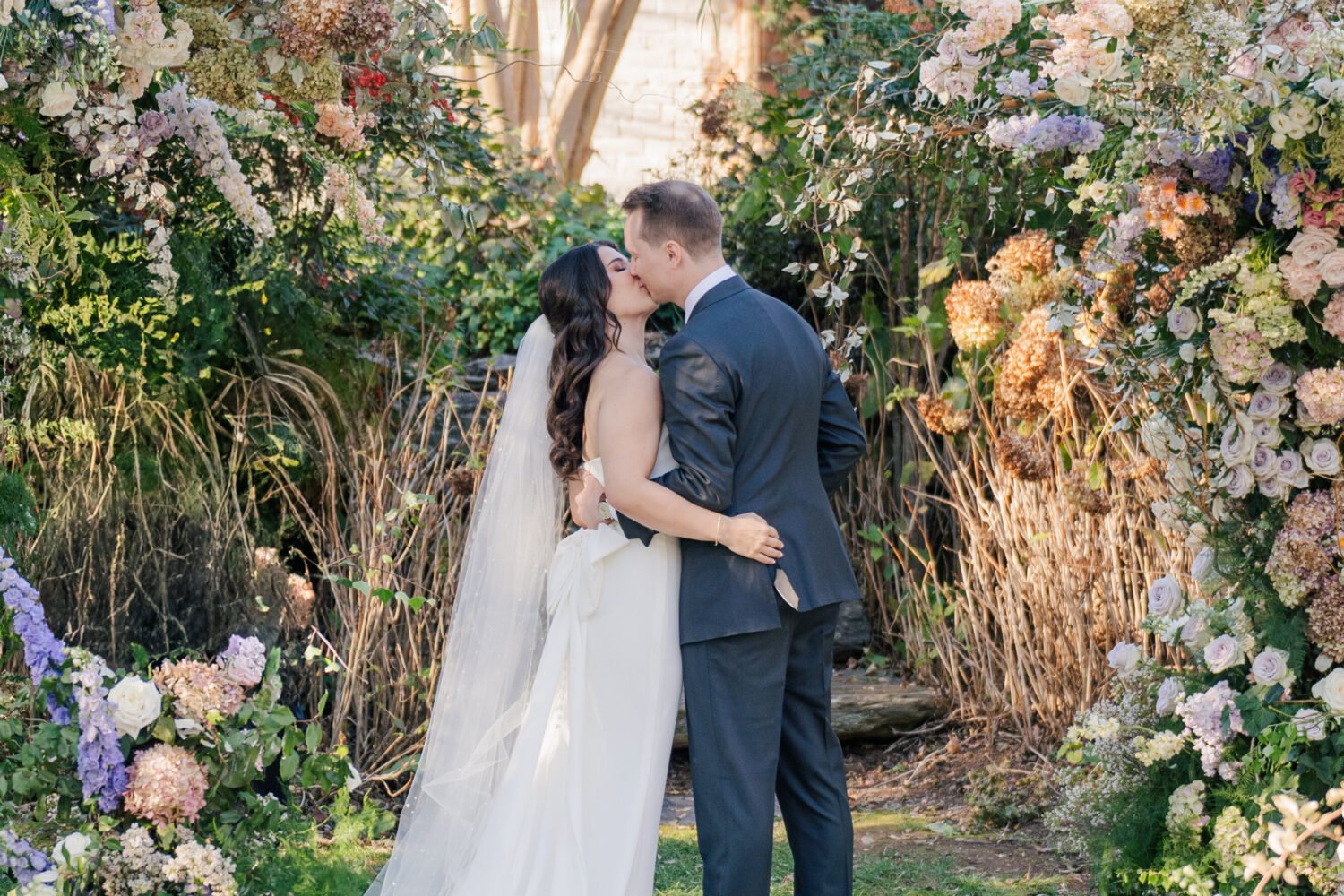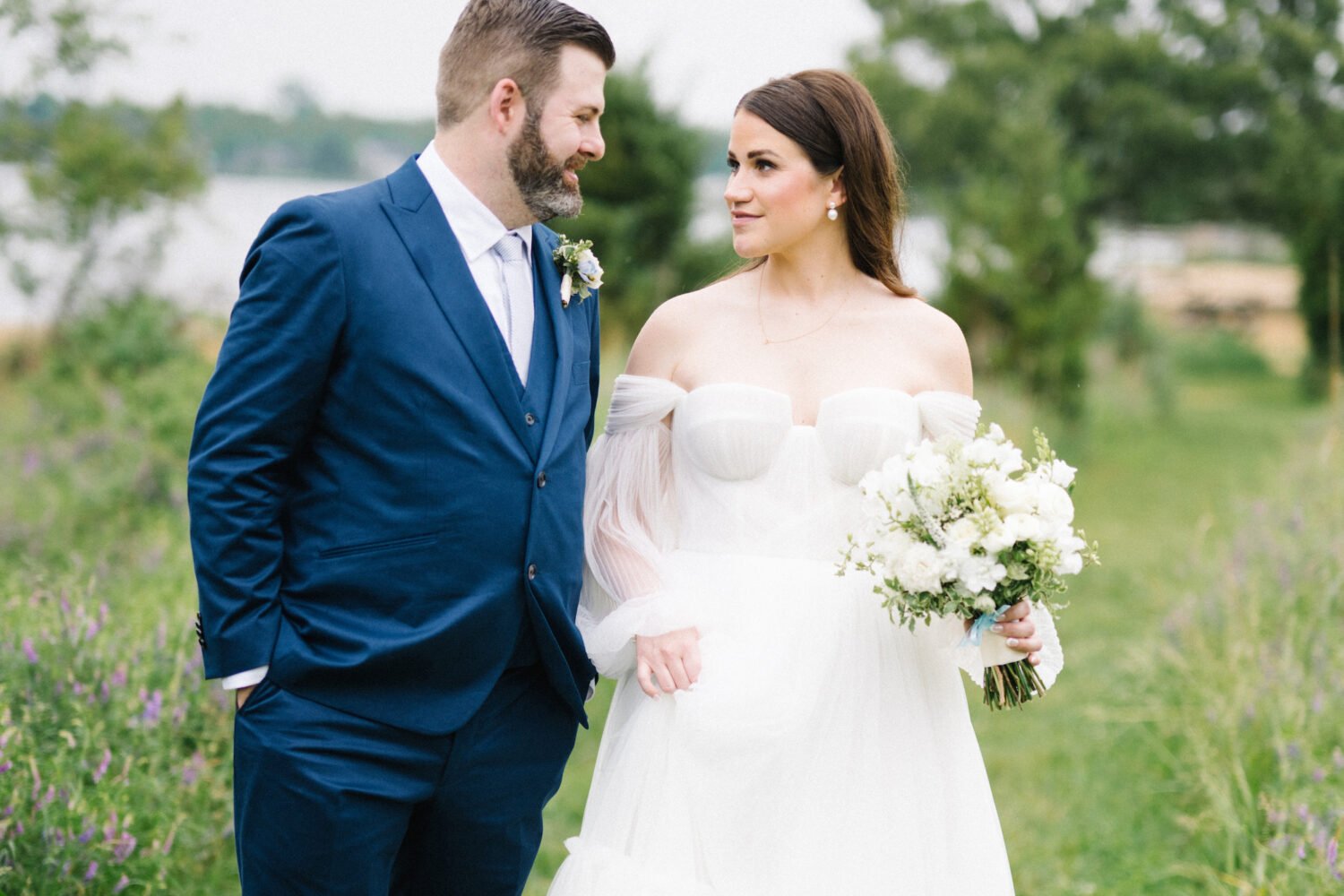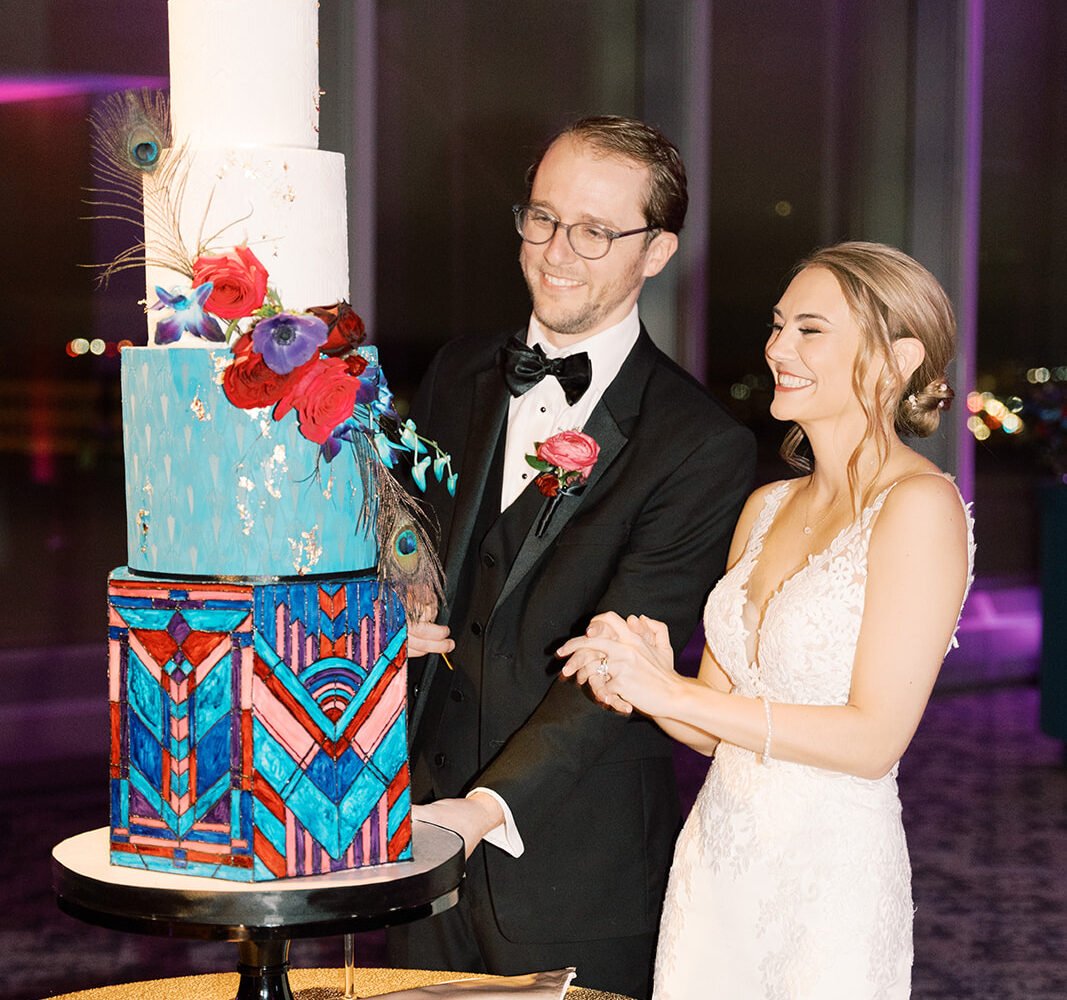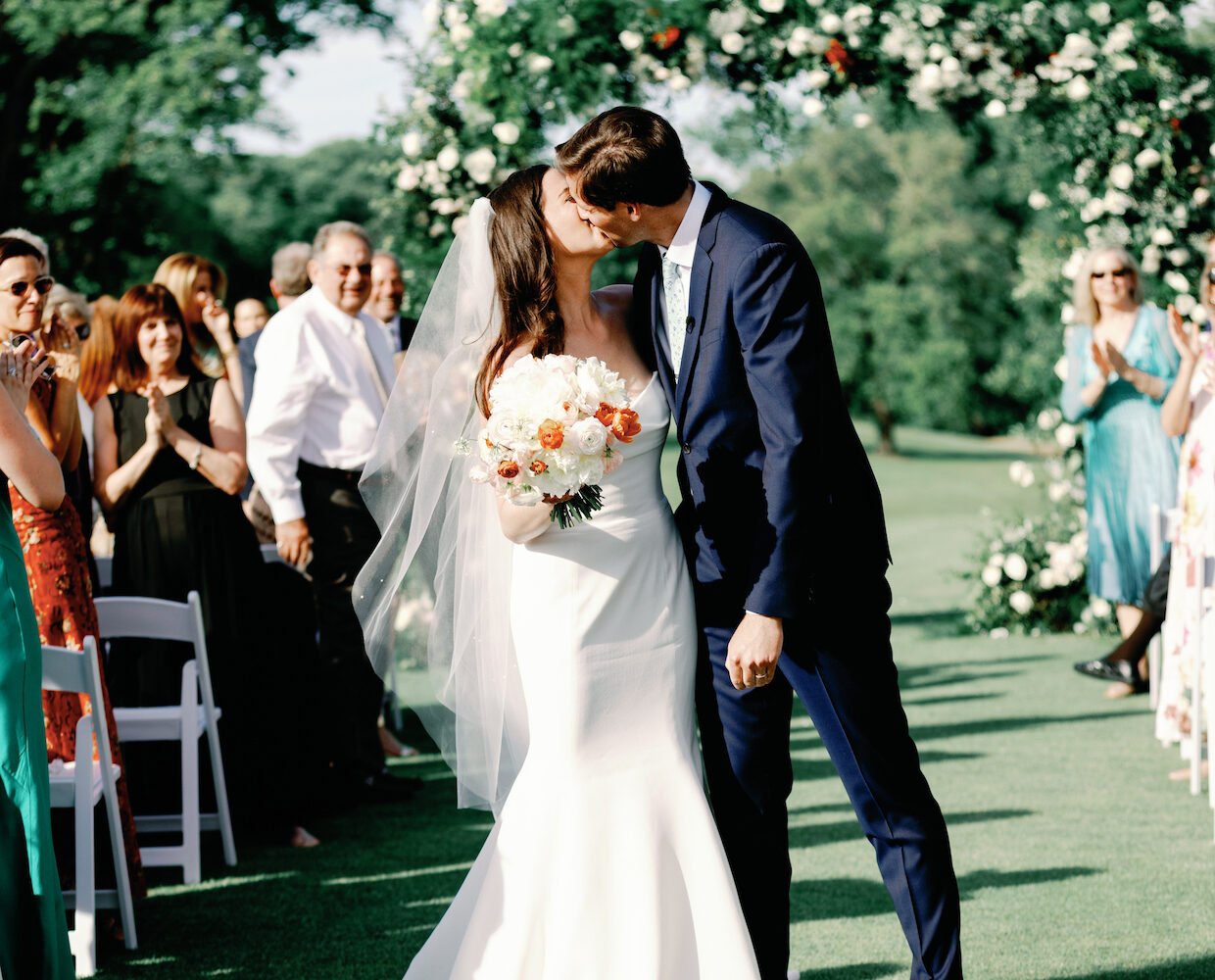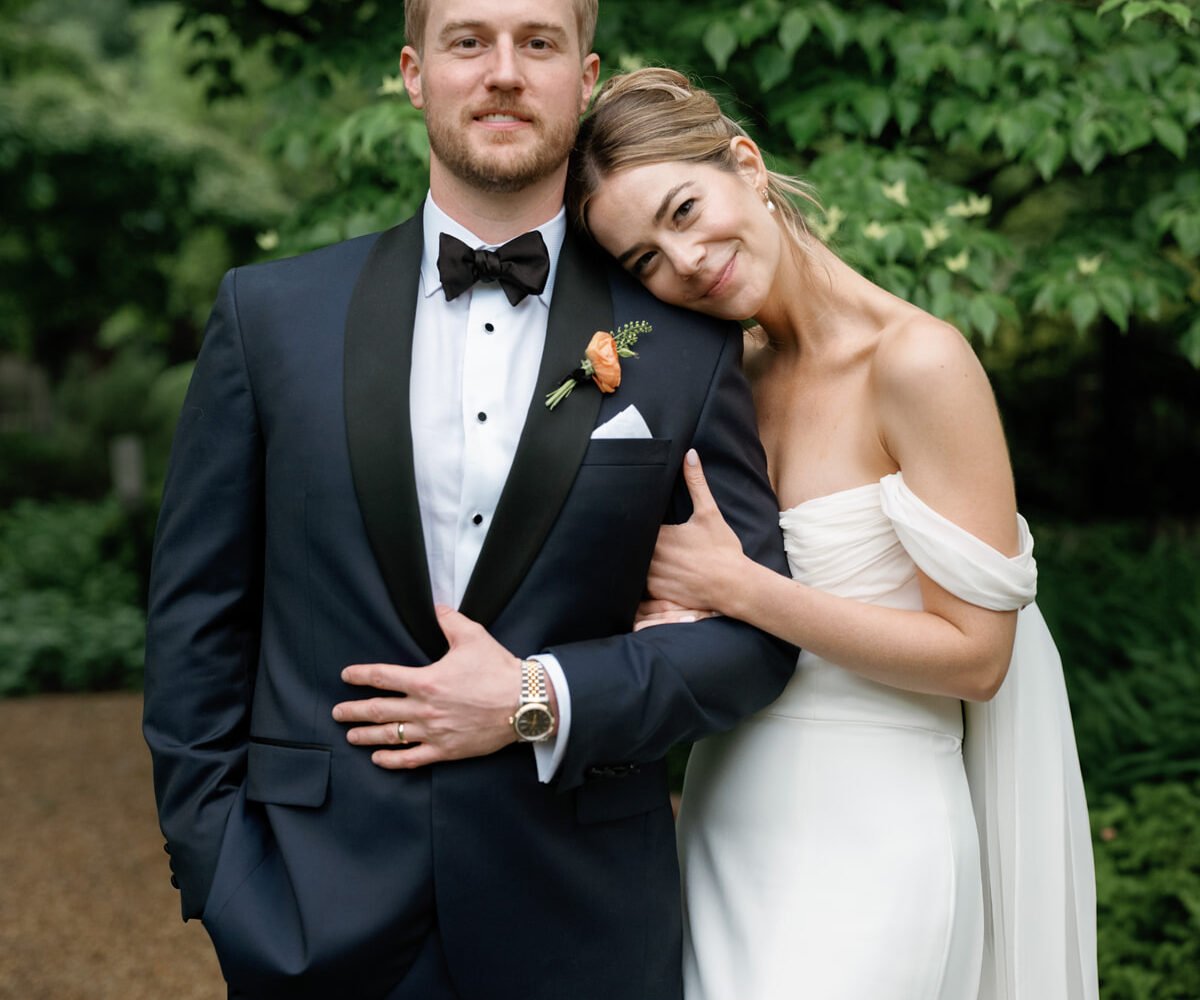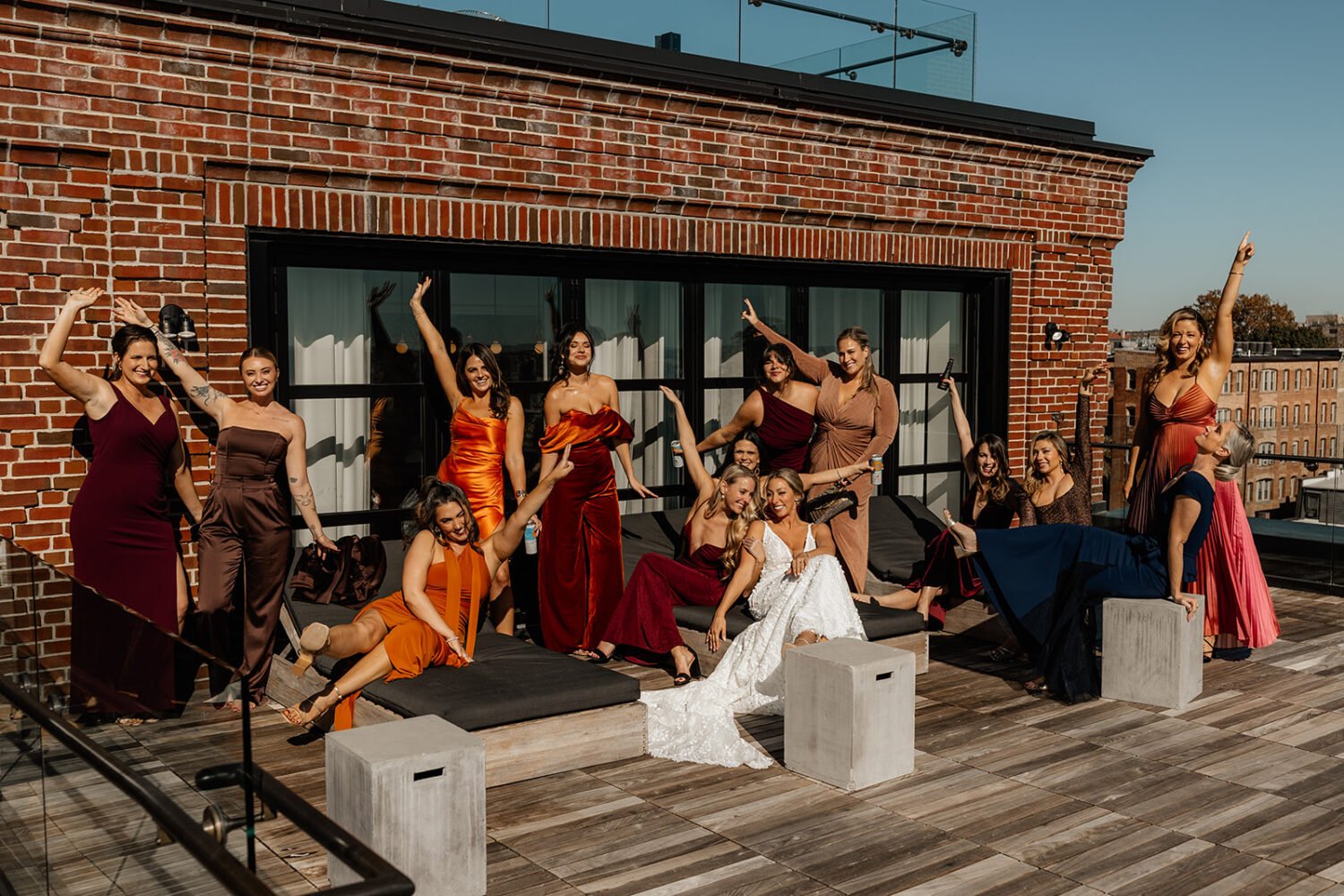After marrying in private ceremonies and micro-weddings last year, many couples are opting for bigger celebrations in 2021 and 2022. But looking ahead to the details of the second celebration, there are parts of the process that are a little uncharted. What should a second ceremony look like? What traditions can be repeated at the reception? What should be done differently? Here’s the thing: In such unprecedented times, there is rarely an established protocol, and there’s certainly not a rule book. So we reached out to two planners whose clients include a host of couples who married intimately last year and are celebrating on a grand scale this year. Here’s what Vicky Choy of Event Accomplished and Melissa Williams of B Astonished Events recommend.
Get more Washingtonian Weddings inspo:
Newsletter | Instagram | Facebook | Pinterest
What should it all look like? What’s the deal with the second ceremony? Is it a vow renewal? Should it be approached like it’s the first one? Should couples skip right to the reception?
“Think about what you want your 2021 larger celebration to be like,” says Choy. “What do you want your guests to experience?” Chances are, Choy says, the larger celebration you’re envisioning is your wedding as originally planned: ceremony, reception, and all. And it’s likely, she says, that your 2020 micro-wedding is nothing like that original vision.
“Since your micro-wedding was attended by very few people … few of your other guests know what you did and didn’t do,” which means there aren’t many expectations, and you should start by comparing that original vision to what you did last year.
One couple Choy is working with, for example, had a tiny ceremony in a Catholic church in 2020 because they wanted to be married by their priest as originally planned. For 2021, they’re having a vow renewal ceremony with a different officiant (because their priest doesn’t officiate outside of the church) along with a reception at River Farm, their original reception location. Another couple was married by a friend at the groom’s parent’s home in a civil ceremony, and will have the originally planned Sikh ceremony followed by lunch and a dinner reception with 300 guests (regulations permitting) next.
Williams says most of the couples she’s working with are reading the same vows from their micro-wedding, or they chose personal vows at the micro-wedding and are exchanging traditional vows at the bigger wedding ceremony. “They are going through the process as if it’s the first time,” she says.
Ultimately, it depends on your preference. “If you choose to repeat the ceremony as if you are doing it for the first time,” says Choy, just review it, to see if it requires any updates. “If you choose a vow renewal… the vows might be the same but the structure of the ceremony will be different, perhaps acknowledging the events of the past year that finally brought you to this point. If you’re having a totally different ceremony than at your micro-wedding, dig up your original plans!”
What about attendants and the wedding party?
Again, the planners say, it depends on your specific situation.
Williams says it’s best etiquette to include any bridal party that was with you for your micro-wedding in your larger celebration or any bridal party that was asked, but then not included in the micro-wedding, in your larger celebration. “I had couples go without their bridal party for the small ceremony to keep it intimate, and then for the larger celebration they were included. I also had couples who just had their maid-of-honor and best man attend the smaller ceremony and expanded the bridal party for their larger celebration.”
Vow renewals, though, do not typically include a wedding party, so if you’re going with that format for the second ceremony, you may opt to skip it. And it’s probably a good idea, Choy says, to keep that very original list intact and not add anyone new.
If you hadn’t designated a wedding party and you didn’t have one for your micro-wedding, you’re free to skip it altogether for your larger celebration if you’d like.
Reception traditions: Which to keep and which to skip?
Williams recommends keeping the traditions you wanted to share with your guests. “Some of my couples did do a first dance in their micro-wedding ceremony and plan to do it again for their larger celebration,” she says. “I think it’s important to keep all traditions you want to share with your family and friends as they may not have had the opportunity the first time to witness it.”
On the flip side, Choy says she could go either way. “It’s ok to repeat traditions that you might have done at the micro-wedding … You could skip the cake cutting if you had one already. If you already had a father/daughter dance, maybe you can skip that and only do a first dance at the larger celebration.” As for the toasts and speeches, Choy says, the same people who gave remarks at the micro-wedding can certainly speak again: the circumstances will be so different this time around, the content will naturally be a little different.
Should couples do a first look?
“It depends,” says Choy. “Did you have your original photographer photograph your micro-wedding last year? Are you wearing the same outfits as at your micro-wedding? Did you do a first look at the micro-wedding?” If your answer is yes to all, she says, you probably don’t need another first look. But if you answered ‘no’ to any of those, you might want to have one. Many brides and grooms donned different looks for their micro-weddings, and regardless of whether or not they had a first look at their intimate event, they would likely want one this year for their updated outfits.
Most of Williams’s clients skipped the first look at their micro-wedding and will be opting for one this time around. Williams also says she recommends a different look for the second celebration if it’s in the budget.
What about invitations? Should they be worded differently?
“That depends on whether you had already sent out invitations for your original wedding date,” Choy says. If you hadn’t sent your invitations yet, you can change the date and any other applicable info and send them out as if it’s the first time. If you’d already sent your original invitations and then postponed the wedding, she recommends sending new save-the-dates and then sending new invitations, consistent with the tone and formality (assuming it hasn’t changed) of the original set.
“If you are not having a ceremony and hosting a reception only because you had a micro-wedding already, state that in the new invitations. If you are doing a vow renewal, you could say that too, with “reception to follow” as usual.”
If you’re already married, says Williams, you can say so with the save-the-dates, which Choy agrees is where any less formal language can be included.
(We ran the invitation etiquette by stationery designer Emily Baird of Emily Baird Design, who says she agreed with the advice “on all fronts,” and reiterated that every situation this year is different.)
What else should couples keep in mind?
These are unchartered territories and since there are no written rules, says Choy, do what works best for your situation. “Remain gracious and flexible as a host. After a year of lockdowns, separations, and online celebrations, people will just be happy to be able to celebrate in person, regardless of format. I think you will find that what people miss the most is being with their loved ones. Consider focusing your larger celebration on spending time with these guests that you likely haven’t seen in over a year” and less on checking boxes.
“Have fun and be you!” adds Williams. “Whether it’s 20 guests or 200 guests, you are loved and your guests will celebrate you.”

